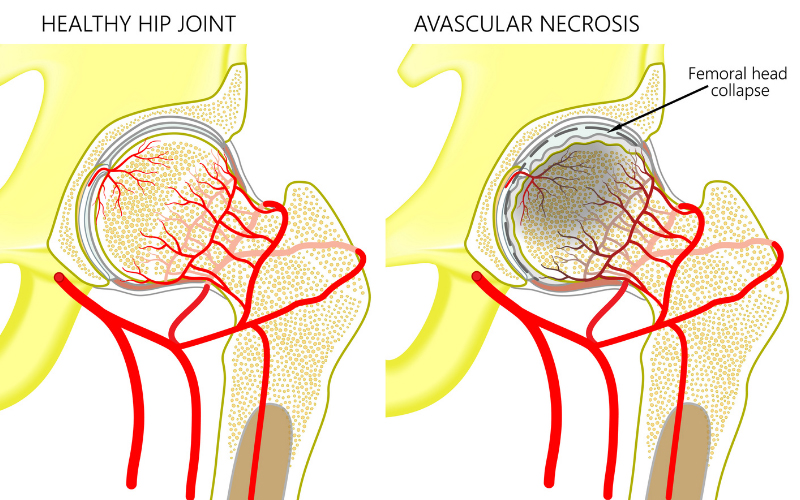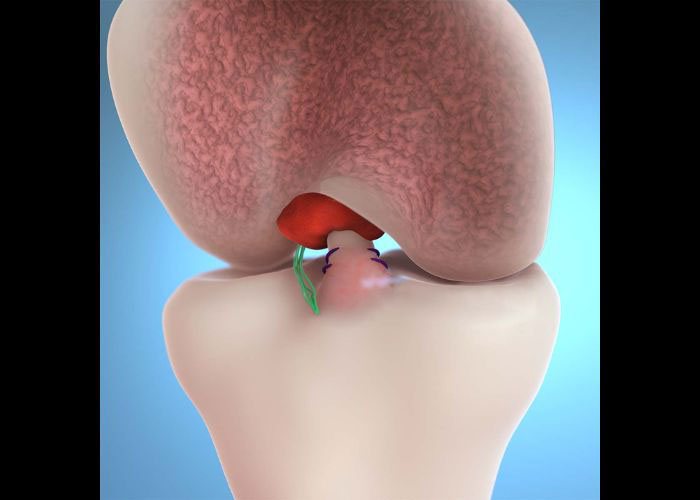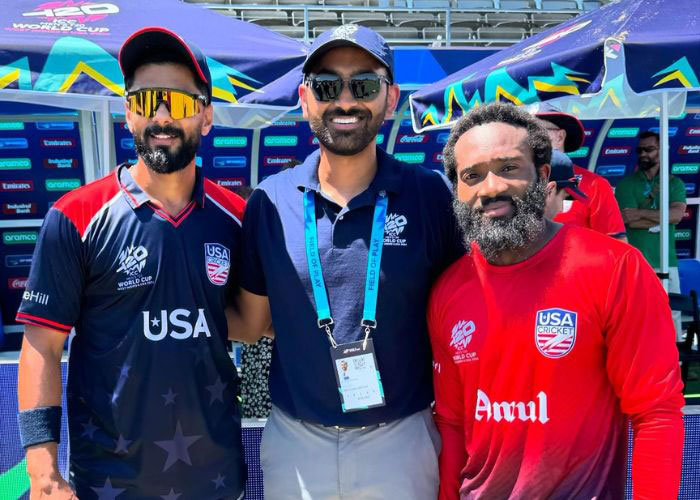What is avascular necrosis?
The hip joint is created by the articulation of the head of the femur (thigh bone) into the socket of the acetabulum (pelvis). To enable painless joint movement, a slippery white connective tissue covers the ends of these bones. An abundant blood supply is essential to maintaining the health of this articular cartilage. In the event of damage or disruption of this blood supply, the bone matrix of the femoral head can progressively deteriorate and ultimately collapse. This tissue degeneration can result in a painful hip condition known as avascular necrosis (AVN).
There are four stages of avascular necrosis due to the slow nature of tissue degeneration. The femoral head cartilage remains intact during stages 1 and 2 with the osteonecrosis tissue becoming visible on x-rays. Arthritis symptoms develop in stages 3 and 4 after the collapse of the femoral head cartilage. Early diagnosis and treatment of AVN is important to ensure better recovery outcomes.

When is core decompression needed for the treatment of avascular necrosis?
Non-surgical treatment measures may work well for treating avascular necrosis (AVN) when diagnosed in the early development stages. Medications such as bisphosphonates target the bone structure while statins reduce the number of fatty deposits in the blood vessels. Hyperbaric oxygen therapy can also be used to decrease the body’s inflammatory response to provide pain relief.
However, in the event of severe osteoarthritis symptoms, a collapsed femoral head, or when non-surgical therapy is unsuccessful, surgical intervention is needed to restore the hip joint. A core decompression procedure is often the preferred surgical treatment for AVN without femoral head cartilage collapse. This procedure aims to restore the blood flow back into the joint and alleviate any pressure from the head of the femur. Dr. Ronak Mukesh Patel, orthopedic hip doctor, treats patients in Sugar Land, Pearland, and the Houston, Texas area, who have experienced avascular necrosis and are in need of core decompression.
How is core decompression performed?
Dr. Patel performs the core decompression procedure using a minimally invasive approach. A fluoroscopy machine with live x-ray imaging is utilized to guide Dr. Patel and the specialized surgical instruments to the bone damage. A guide wire is inserted through a small incision and subsequently into the neck of the femur towards the necrotic tissue. A hole is then drilled into the bone along this guide wire and the necrotic bone is removed. This hole immediately relieves any pressure in the bone and also provides a channel for new vasculature to grow. Dr. Patel may implement a bone graft from the patient (autograft) or donor (allograft) to fill in the cavity. A synthetic bone substitute and/or the patient’s own stem cells can also be injected to fill in this space. On occasion, Dr. Patel may combine core decompression with a hip arthroscopy to address any other hip conditions.
What are the advantages of core decompression?
Surgeons and patients often favor the minimally invasive arthroscopic technique for core decompression due to the minimized risk of infection and blood loss during the procedure and shorter recovery times. This procedure, if performed in the early stages of AVN development, can prevent the femoral head from collapsing and minimize any arthritic symptoms. The core decompression procedure aims to preserve as much of the native bone as possible to improve recovery outcomes. Lastly, if avascular necrosis is diagnosed early enough, the core decompression procedure can delay the need for a total hip replacement.
What is the recovery period like after core decompression?
The recovery period following core decompression varies depending on the severity of the disease and the specific surgical technique performed. Patients that received a bone graft can expect a full recovery in approximately 6 to 9 months. The recovery process is greatly affected by the patient’s willingness to comply with the post-operative care instructions provided by Dr. Patel. Most patients in the Houston, Texas area can generally expect the following:
- Bearing weight on the hip joint should be avoided for 6 to 12 weeks until the femur bone has completely healed. Weight-bearing is limited with the assistance of crutches during this time.
- Patients that participate and adhere to the specified physical therapy exercises can be the key to a successful recovery following core decompression of the hip. These exercises will focus on hip strengthening and improving range of motion.
Hip Core Decompression Surgeon

Have you been diagnosed with avascular necrosis or AVN of the hip? AVN in the hip can cause a dull ache or throbbing pain in the groin or buttock area. Some experience difficulty standing or putting weight on the hip. Avascular necrosis, sometimes called osteonecrosis can be treated with a surgical procedure called a hip core decompression. Core decompression surgeon, Doctor Ronak Mukesh Patel, provides diagnosis as well as surgical intervention for patients in Houston, Sugar Land, and Pearland, TX who have been diagnosed with AVN of the hip. Contact Dr. Patel’s team today!








